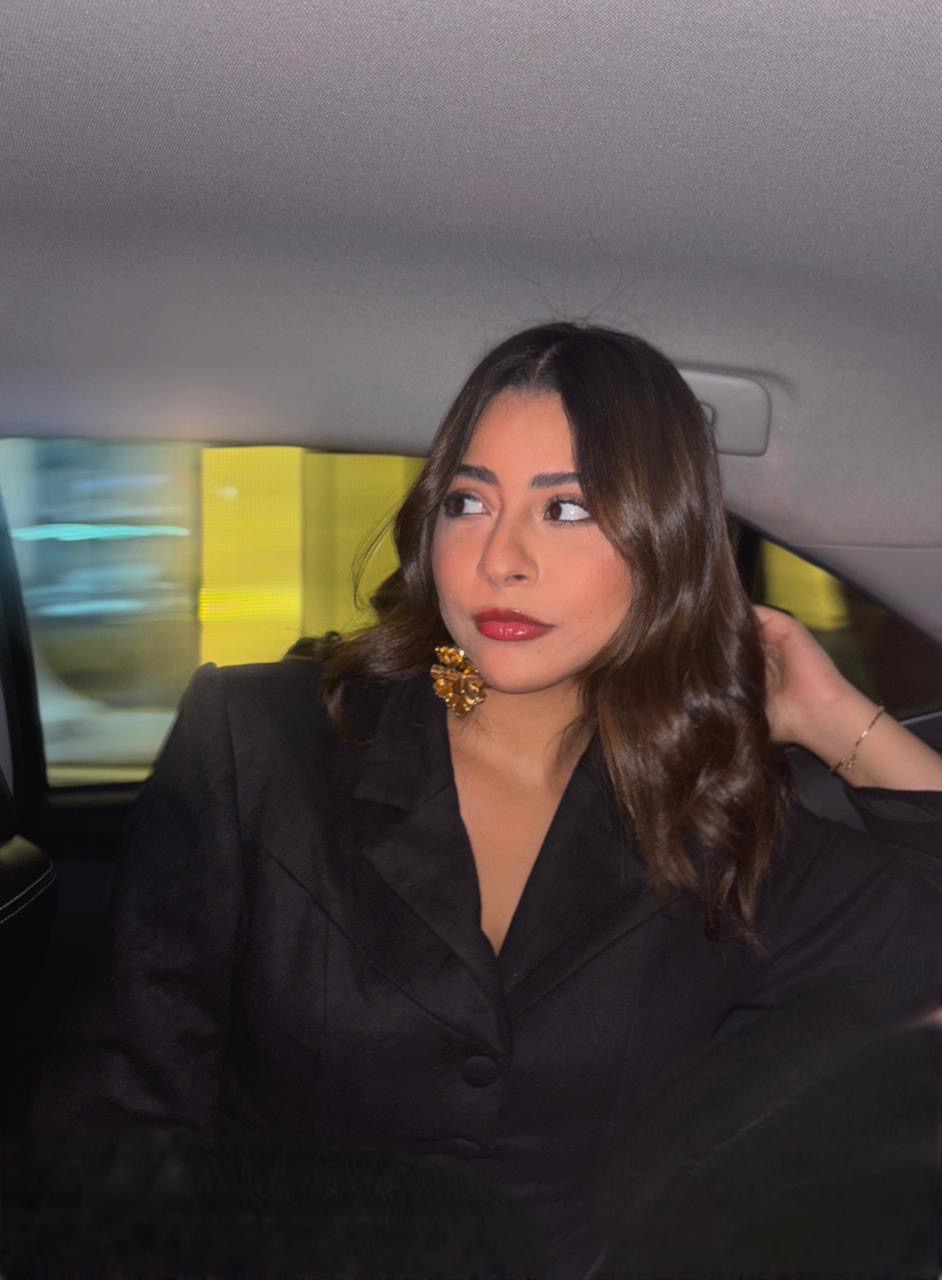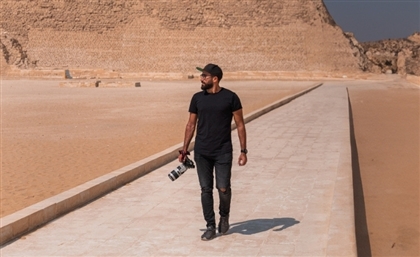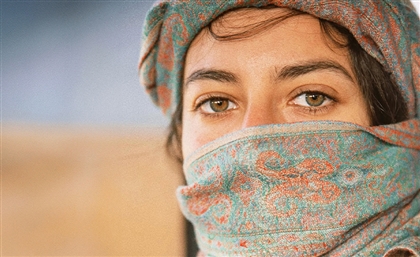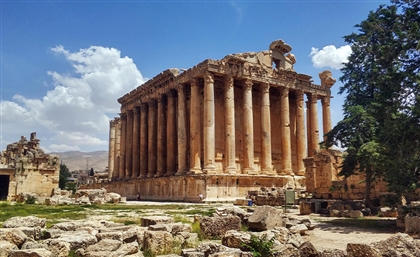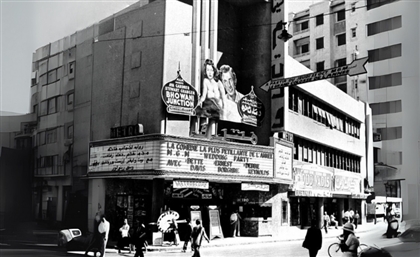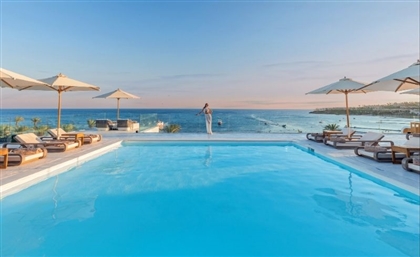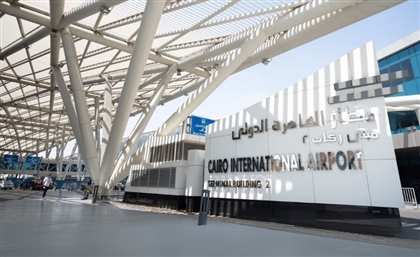Travel Photographer Nada Essa’s Lens Finds the Softer Side of Egypt
Nada Essa doesn’t rush the frame. From first light to final edit, she traces stillness across cities, landscapes, and days that unfold slowly.
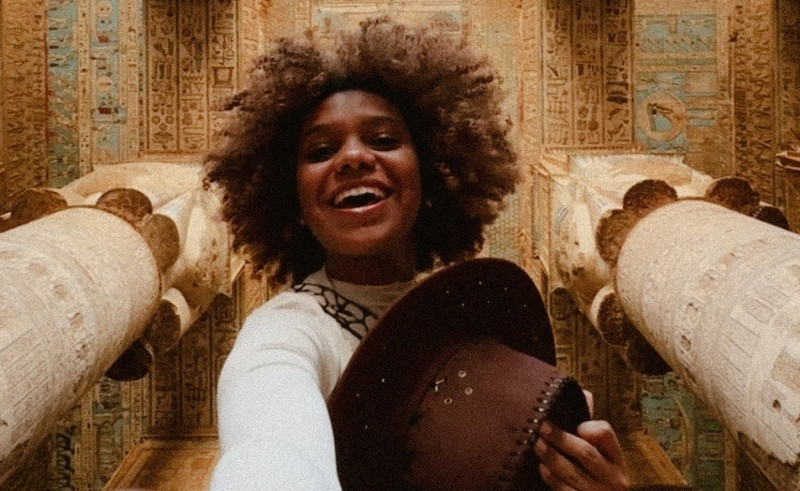
Egyptian photographer Nada Essa is part of a rising wave of young creatives reframing how the country is seen. Some chase retro aesthetics, others lean into gritty urban realism, while a few embrace the polished sheen of tourism. Essa, however, looks for pause.
Her journeys—from Aswan’s quiet banks to Fayoum’s open fields and Alexandria’s lived-in streets—favour stillness. What emerges is a version of Egypt rarely found online: unhurried, textured, and conjured into being with patience.
“I think of it like a feeling before anything else,” Eissa tells SceneTraveller. “Everything starts from there. If I don’t feel it, I don’t shoot it.”
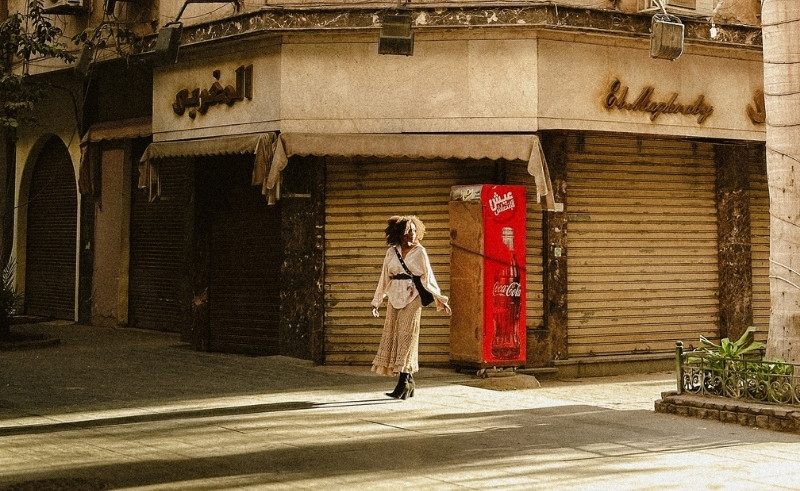
Born in Cairo with Sudanese roots, Essa belongs to a new generation of creators shaping Egypt’s image both locally and abroad. Her work is instantly recognisable for its gentle visual language: sun-soaked balconies in Alexandria, the weathered palms of Fayoum, the golden light drifting across Old Cairo. In place of pyramids and postcard clichés, she offers a more intimate cartography of the everyday.
Despite not coming from a formal photography background, Essa’s work reveals a clear and deliberate visual identity. “Lighting is everything,” she says. “But not just the light, it’s the way light interacts with emotion, with texture, and with silence.”
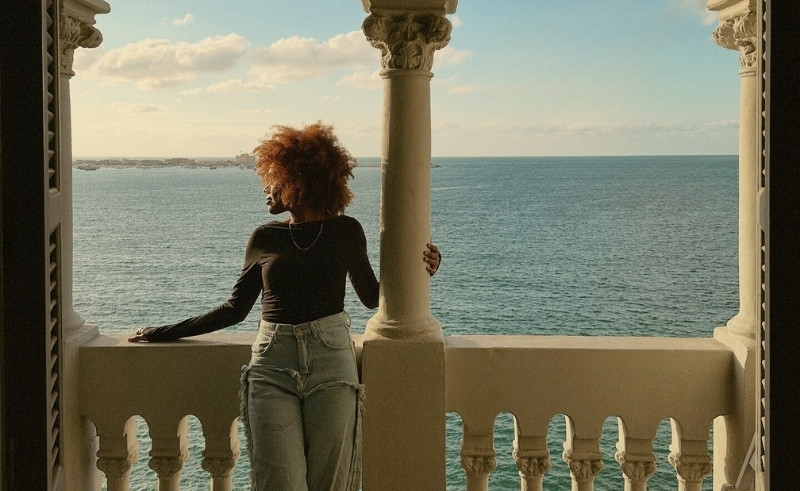
Her practice began, fittingly, with nostalgia. “I started sharing travel moments on Instagram to keep the memories,” she recalls. “But I wanted to remember how they felt, not just what I saw.”
As her account grew, so did her craft. She taught herself Lightroom, camera settings, and the subtle science of colour grading, preferring warm, earthy palettes that lean into softness rather than spectacle. Her work is rarely posed. Even her branded campaigns feel atmospheric, often centered around the natural world or unassuming urban moments.
“I still shoot a lot on my phone,” she says. “Sometimes a mobile camera captures intimacy better than a full lens setup.”
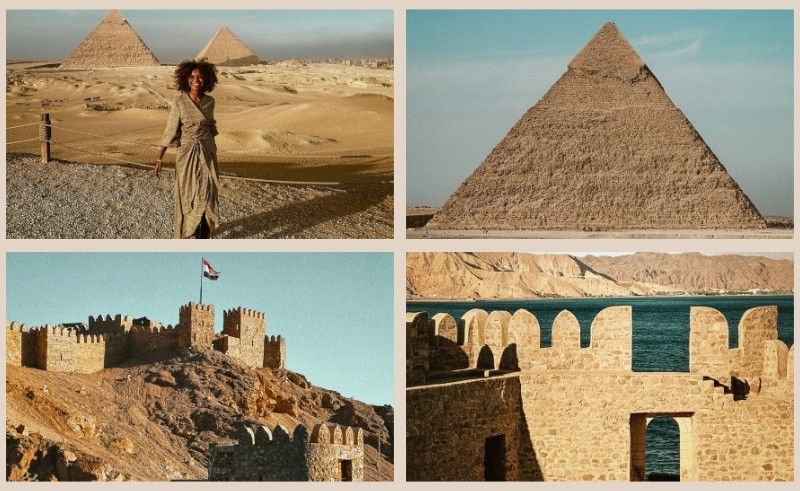
Essa’s Egypt is tactile. She seeks out calm where others might document chaos: the hush of Old Aswan, the meditative stretches of Siwa, or a fleeting patch of soft Cairo light. For her, these aren’t escapes but truths waiting to be seen.
“People think Egypt is loud, fast, overwhelming,” she says. “But that’s not the whole story. There’s a gentleness too, especially in places like Old Aswan, Siwa, or even some corners of Cairo. I try to capture that.”
Her toolkit remains modest—DSLR, mobile, drone, a point-and-shoot film camera—but her most valuable instrument is presence. “If you’re present enough, really tuned in, then even your planning becomes intuitive.”
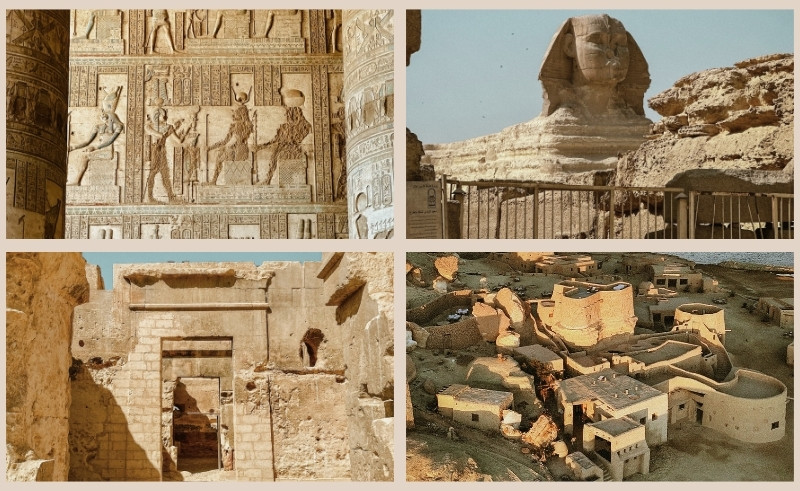
When it comes to brand work, authenticity is non-negotiable. “I still start the same way: how does the place feel? What’s the light doing? What’s the energy around me? That’s what guides the camera, not the brief.”
She often scouts locations solo, handling everything from concept to execution. “There’s a tension between spontaneity and planning, but I don’t find it difficult,” she says. “If you’re present enough, really tuned in, then even your planning becomes intuitive.”
Her toolkit remains modest—DSLR, mobile, drone, a point-and-shoot film camera—but her most valuable instrument is presence. “If you’re present enough, really tuned in, then even your planning becomes intuitive.”
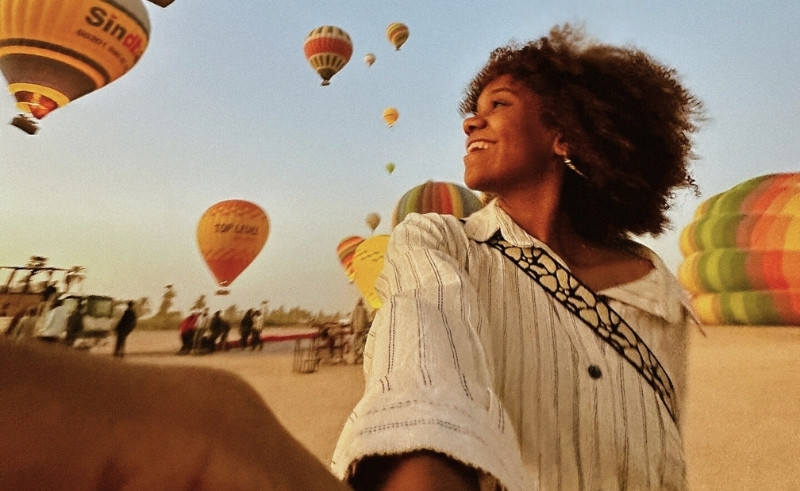
Beyond technique, she says consistency stems from clarity. “If you know what you want to say, you’ll find a way to say it. Visually or otherwise.”
More than anything, she wants her followers, most of whom are young Egyptians, to see their country differently. “We don’t always need to go abroad to find beauty,” she says. “Sometimes, it’s already here. We just need to slow down enough to notice.”
- Previous Article Syria's Aleppo Citadel Reopens to Travellers After Years of Closure
Trending This Month
-
Sep 08, 2025
-
Sep 15, 2025



